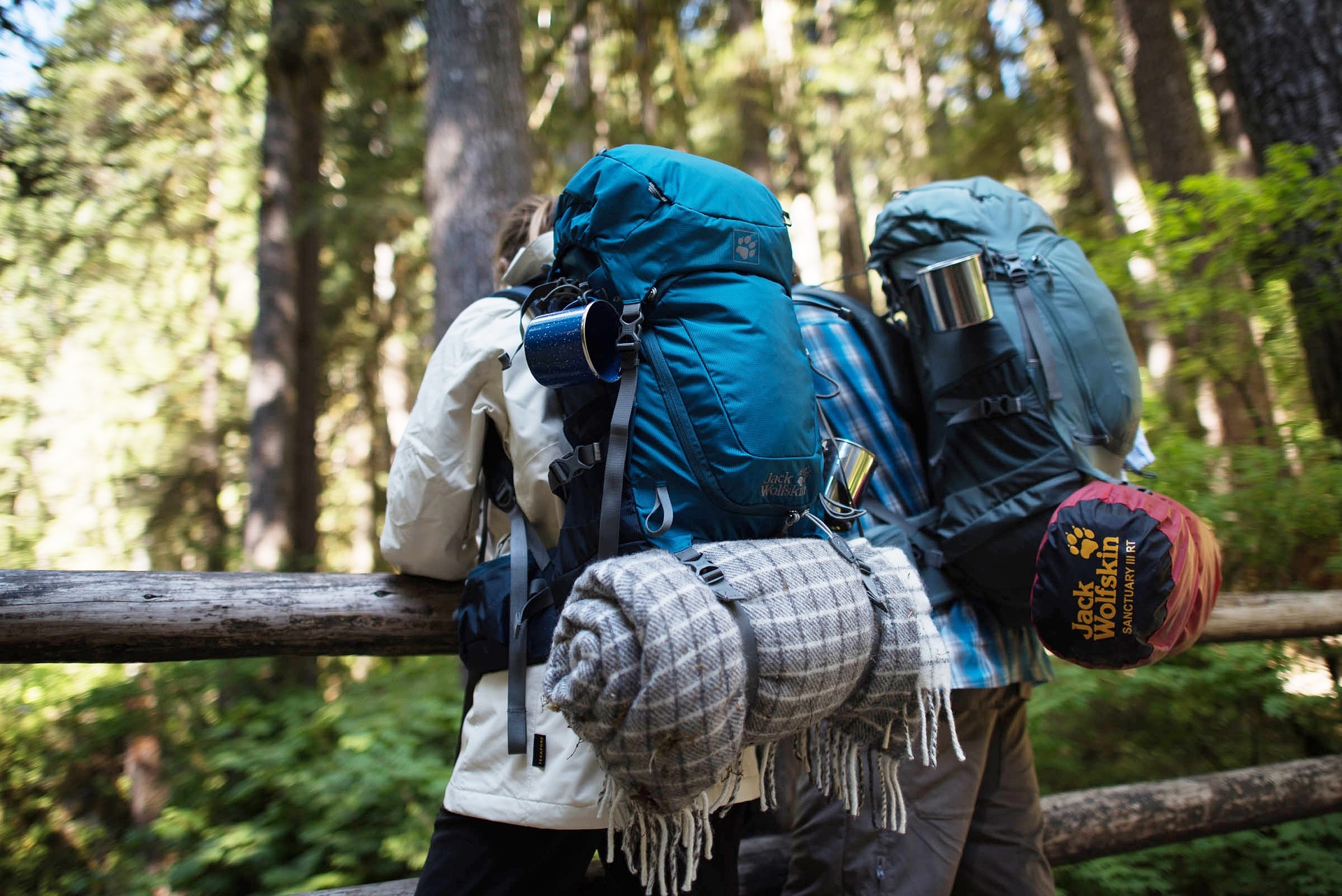Rediscovering the Art of Walking: A Travel Trend
In an age where speed is king, and we're constantly seeking the fastest routes from point A to point B, there's a growing trend of travelers revisiting a classic and timeless mode of transportation: walking. This movement is not about fitness trends or eco-consciousness but about immersing oneself in the journey and truly experiencing the world around us. This article explores the rebirth of this travel style, its advantages, challenges, and impact on today's globetrotters.
Background: The Timeless Tradition of Walking
Walking was, quite literally, the first mode of human transportation. It was how our ancestors explored the world, hunted for food, and migrated across continents. Over time, with the evolution of transportation technology, walking has been relegated to a recreational activity or exercise regimen. However, in recent years, there’s been a resurgence of walking as a means of travel - not just for health benefits, but for a more meaningful, connected journey.
Current Walking Travel Trends
Walking as a travel method is seeing a resurgence globally. The trend, often referred to as “slow travel,” focuses on the journey rather than the destination. It encourages travelers to take their time, immerse themselves in the local environment, and truly connect with the places they visit. This could mean taking a multi-day walking tour in rural Tuscany, walking the Camino de Santiago in Spain, or exploring the bustling streets of Tokyo on foot.
The Advantages and Challenges of Walking Travel
Walking travel offers numerous advantages. It’s a genuinely immersive experience, allowing you to connect with the environment, the people, and the culture in a way that’s impossible when you’re rushing from one place to another. You have the opportunity to witness life as it unfolds, to experience the rhythm of a place, and to discover hidden gems that you might have missed otherwise.
However, this mode of travel isn’t without its challenges. It requires a certain level of physical fitness, planning, and preparation. Long-distance walking can also be mentally challenging, as it requires patience and perseverance. Despite these challenges, the rewards of walking travel are immense, making it a worthwhile consideration for travelers seeking a unique and enriching experience.
Practical Tips for Walking Travel
-
Always wear comfortable, well-fitted shoes.
-
Carry essential items like water, snacks, sunscreen, and a hat.
-
Plan your route in advance, but be open to spontaneous detours.
-
Take breaks when needed and respect your body’s limits.
-
Embrace the local culture by interacting with locals and trying local cuisines.
Impact on Travelers
Walking travel can have a profound impact on travelers. It encourages mindfulness, patience, and a deeper appreciation for the world around us. It’s not about ticking off a list of sights but about immersing yourself in the experience and making meaningful connections along the way.
In conclusion, walking as a travel trend is a refreshing shift from the fast-paced, destination-focused norms of modern tourism. It offers a unique, enriching, and deeply personal travel experience that allows us to immerse ourselves in the journey, engage with our surroundings, and truly appreciate the beauty and diversity of our world.





